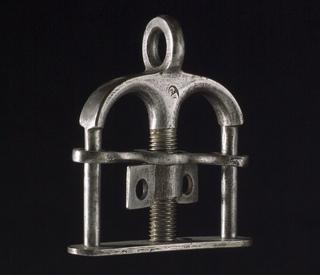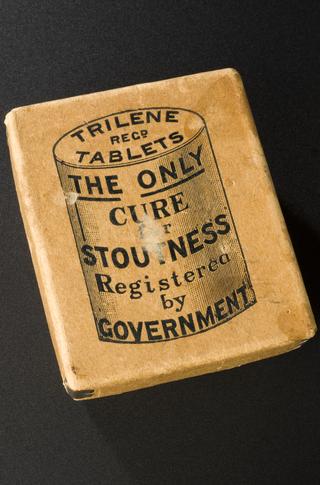
Conditioned Reflex Analogue, ‘CORA’, England, 1950-1953
- maker:
- W J 'Bunny' Warren








`CORA', Conditioned Reflex Analogue device designed by William Grey Walter and built by Bunny Warren at the Burden Neurological Institute, Bristol, c1953
CORA (Conditioned Reflex Analogue) was designed by William Grey Walter (1910-77). It investigated the electrical activity in the brain. CORA was an early experiment in artificial intelligence as a way of simulating conditioned responses. Walter had studied the work of Russian physiologist Ivan Pavlov (1849-1936). Pavlov had conditioned dogs to salivate when they heard a bell. The dogs associated the bell with feeding. Walter designed CORA to learn a response in a similar way. When a light was shone, the robot connected it to the sound of a whistle.
Walter’s work took place at the Burden Neurological Institute (BNI) in Bristol, England. The unique centre was established in 1939. It combined experimental and clinical work. Walter was in charge of the BNI for over 30 years. He also contributed much to electroencephalography. EEG studies the electrical action of the brain. CORA was assembled by W. J. ‘Bunny’ Warren. He was one of the engineers employed at the BNI who made a number of Walter’s machines.
Details
- Category:
- Psychology, Psychiatry & Anthropometry
- Object Number:
- 2000-815
- Measurements:
-
overall: 330 mm x 230 mm x 310 mm,
- credit:
- The Burden Neurological Institute




